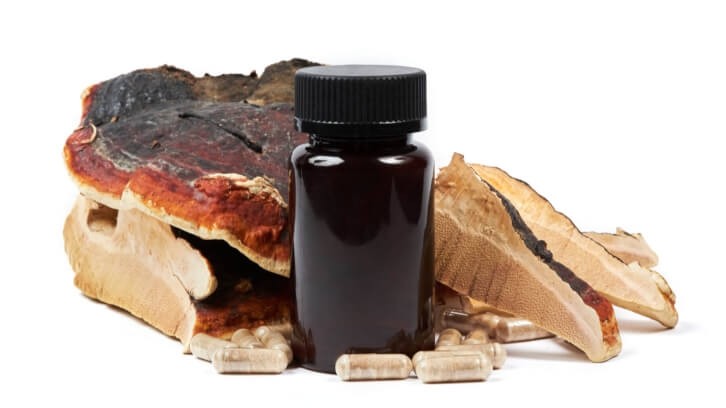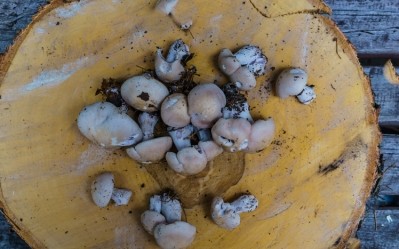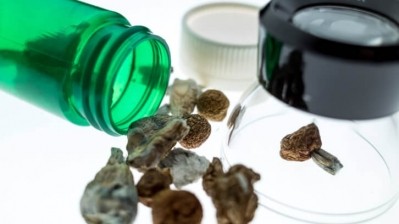Fungi Perfecti responds to ‘puzzling opinion’ in Nammex petition

“This joint letter comes in response to the puzzling opinion presented in the recent FDA Citizen Petition filed by Nammex, which obfuscates and misrepresents the use of well-established mycological definitions that impact responsible consumer messaging about mushroom products,” Fungi Perfecti shared in a statement.
The letter – co-signed by M2 Ingredients, Gourmet Mushrooms, and Monterey Mushrooms – takes issue with the Nammex request to eliminate use of the word “mushroom” for products made with mycelium – the dense root system of the mushroom – as opposed to the fruit body that grows above ground.
“This is both confusing and concerning as the collective industry use of ‘mushroom mycelium’ is scientifically accurate, just as the use of ‘mushroom spores’, ‘mushroom fruit bodies’ are descriptively accurate,” the open letter responded. “The word ‘mushroom’ describes the organism as a whole, whereas terms like ‘mycelium’ and ‘fruit body’ refer to distinct parts of the mushroom organism. This is perfectly parallel to saying ‘plant roots’, ‘plant seeds/spores’, and ‘plant flowers’. Both sets of terminologies describe the parts of the organism.”
As illustration, the letter includes a mushroom life cycle diagram that appears in The Mushroom Cultivator, published in 1983 and co-authored by Fungi Perfecti Founder Paul Stamets and Nammex Founder Jeff Chilton, noting that it “depicts clearly named and scientifically accurate stages of the mushroom life cycle”.
The citizen petition
In the petition filed earlier this month, Nammex requested revision and re-issuance of FDA guidance to clearly identify “mushroom” and “mycelium” as separate, distinct parts of fungi. It further suggested that mycelium be labeled to include the specific fungus – e.g., “Shitake mycelium” or “Reishi mycelium”.
Presiding FDA guidance establishes that “mushroom mycelium has an identity different from mushrooms, and food products in which it is used should be labeled to clearly indicate that they contain mushroom mycelium” and that “labeling should not suggest or imply that the food contains mushrooms”.
The ambiguity in the failure to identify fungal part/growth stage and disclose the presence of any substrate used to grow the ingredient, Nammex says, leads to deception and fraud in the marketplace, confusion and risk for consumers, and unfair competition in the sector.
“It’s really in my opinion a significant bait and switch, and it just confuses and confounds,” Jeff Chilton told NutraIngredient-USA shortly after the filing. “To allow companies to continue to operate in this manner, not only is it wrong, but it doesn’t create a fair or level playing field for those of us who sell actual mushroom products.”
Nammex comments on the open letter
Skye Chilton, chief operating officer at Nammex, said that in the open letter, the small group of manufacturers makes several easily refutable assertions. For one, he explained that the mushroom-plant parallel is problematic since using “plant root” or “plant/seed/sport/flower” terminology would violate federal law and FDA regulations, creating a misbranding violation and subjecting the product to enforcement action.
“We don’t label an herb ‘plant root’, we identify it with the specific common plant such as 'echinacea root’,” he told NutraIngredients-USA. “Using 'mushroom mycelium’ is exactly the same as using 'plant root’. We are simply asking that products be labeled similarly: 'Reishi mycelium’ when that is indeed what they contain, or 'Reishi mushroom’ when the contents are derived from the mushroom.”
He also took issue with the attempt to defend the collective use of “mushroom mycelium” on product labels as scientifically accurate just because hyphae – the branching filaments that make up the mycelium of a fungus – are the building blocks of both mushrooms and mycelium.
“While mushrooms and mycelium are both made of hyphae, these two fungal parts are distinctly unique and the term 'mushroom mycelium’ has no place in the labeling of products in commerce because it deceptively conveys to consumers that a product contains mushrooms when this may not be the case,” he said. “This is a confusing and unsupportable argument. People know what a mushroom is, and it is not mycelium.”









